アメリカCNNが選ぶ「2023年どこを旅する: 旅行先として最適な場所(Where to travel in 2023: The best destinations to visit)」で、瀬戸内海の直島が選ばれています。
Naoshima Island in the Seto Inland Sea has been selected by CNN (USA) as one of the ‘Where to travel in 2023: The best destinations to visit’.
Where to travel in 2023: The best destinations to visit | CNN
Naoshima, Japan
Yayoi Kusama has the distinction of being the best-selling living female artist on the planet. In particular, she has become a global icon for her sculptures of giant polka-dotted pumpkins, one of which was reinstalled at the pier of Naoshima, one of Japan’s “art islands,” in 2022 after being swept into the sea the year before.
However, Naoshima is so much more than its famous yellow gourd or its works by Kusama.
There are five small, walkable “art islands” in the Seto Inland Sea, which is located between the main islands of Honshu, Kyushu and Shikoku in southeastern Japan. The largest collection of things to see – not to mention the only hotel – is on Naoshima. Together, the five champion modern and contemporary art, with emphasis on Japanese artists.
Don’t come here expecting calligraphy and other classical forms. Instead, be awed by Tadao Ando’s massive stone monoliths, a tiny gallery where patrons can listen to nothing but the beats of human hearts, a makeshift thunderstorm created inside a wooden house and an exhibit where jumping in and taking a bath is intended to be part of the artistic experience. – LM
Yayoi Kusama’s yellow pumpkin is back on Naoshima Island, Japan | CNN
—
直島の黄色いカボチャが復活🎃2021年8月、台風9号によって海に流され破損した直島の『南瓜』(草間彌生 1994)が、約1年ぶり、2022年10月4日に復活しました!
Naoshima’s yellow pumpkin is back🎃August 2021, Naoshima’s “Pumpkin” (Yayoi Kusama 1994), which was washed out to sea and damaged by Typhoon No. 9, was restored on October 4 2022, after almost a year!
南瓜
住所:香川県香川郡直島町 [Google Map]
作者:草間彌生
製作年:1994年
種類:彫塑
素材:繊維強化プラスチック
寸法:2.0m × 2.5m
Yellow Pumpkin
Address : Naoshima, Kagawa-gun, Kagawa [Google Map]
Artist : Yayoi Kusama
Year of creation : 1994
Type : Sculpture
Material : Fibre-reinforced plastic
Dimensions: 2.0m x 2.5m
南瓜
住所:香川県香川郡直島町 [Google Map]
作者:草間彌生
製作年:1994年
種類:彫塑
素材:繊維強化プラスチック
寸法:2.0m × 2.5m
Yellow Pumpkin
Address : Naoshima, Kagawa-gun, Kagawa [Google Map]
Artist : Yayoi Kusama
Year of creation : 1994
Type : Sculpture
Material : Fibre-reinforced plastic
Dimensions: 2.0m x 2.5m
Pumpkin, a Solemn Existence on the Pier
In August 2021, Pumpkin, the yellow pumpkin-shaped sculpture by Yayoi Kusama that is recognized not only as the symbol of Benesse Art Site Naoshima but also as an icon of the entire island, caused a stir when it was washed away by the waves of a hurricane. Video footage of the scene was circulated all over the world.
This sculpture has been evacuated every time a hurricane is forecasted in the region. Although Naoshima was not expected to be within the path of the storm that day, a gusty wind pushed the work into the sea in the flash of a moment.
After Pumpkin was immediately retrieved, discussions were held with the artist and all people concerned, and it was decided upon to adopt new measures for the sculpture.*1 While being awestruck by the growing fury of the weather and the seriousness of climate change, and realizing how social media could change a moment of daily life into a major spectacle, we were amazed by the number of comments sent to express worries about the sculpture. It seemed like the opportune time for us to reflect upon Yayoi Kusama as a unique artist and the meaning and message of Pumpkin exhibited on Naoshima.
This particular work Pumpkin was created for the 1994 exhibition “Open Air ’94 ‘Out of Bounds,'” in which works of art were exhibited outdoors in the natural environment around Benesse House Museum, a facility unifying a hotel and an art museum that opened in 1992 and was designed by Tadao Ando.*2 As Kusama had been creating outdoor sculptures since 1994, this particular pumpkin was one of the first works the artist intended to exhibit outdoors from the initial onset. The large-scale work measuring 2-meters high and 2.5-meters wide was the biggest pumpkin sculpture that had been created to date.
While originally intended to be shown only during the exhibition period, it was decided that this yellow pumpkin and four other works related to the seascape were to remain as permanent exhibitions, which led to the formation of Benesse Art Site Naoshima’s guiding policy of the “Symbiosis of Nature, Architecture and Art.”
While Naoshima is now popular as an “island of art,” the activities of Benesse Art Site Naoshima were not known even to local residents because they had just begun when the yellow pumpkin was installed in the first half of the 1990s. Visitors to the island were so few back then that sometimes they had the experience of having the hotel and gallery spaces all to themselves (which in a sense must have been such a privileged experience.) Benesse Art Site Naoshima was a place known only to a limited number of people, and I remember there being only one restaurant on the island, an udon noodle shop, back in those days.
Kusama was a somewhat marginal artist until the 1980s but gradually came to be reevaluated since around 1990 which led to her participation in the 1993 Venice Biennale as the representative artist of Japan.
As if following Kusama’s accomplishments, Benesse Art Site Naoshima expanded its activities to the Venice Biennale from 1995, commemorating the change of its corporate name from Fukutake Publishing to Benesse Corporation. It began an initiative to present an exhibition in the Biennale and founded the Benesse Prize, which marked its debut and fostered its worldwide network and subsequent recognition in the international art scene.
In short, the activities of Benesse Art Site Naoshima and the worldwide reputation of Kusama developed in parallel from around that time.
The yellow sculpture Pumpkin, standing all alone on the border of the land and sea on the tip of the pier protruding out to the water, reflects the concept of the “Out of Bounds” exhibition representing encounters with diverse values crossing over boundaries between various established ideas and systems. At the same time, it visualizes the essence of contemporary art pushing various limits as well as somehow evoking a portrait of the artist.
Kusama has transferred her trauma into creativity and opened up a new horizon while struggling against obstacles. This work reflects her life as such and also seems to represent how Benesse Art Site Naoshima has communicated alternative values and ways of life to the rest of the world from a remote island in the far east.
The 2.5-meter-wide “Pumpkin,” made of fiberglass-reinforced plastic, was installed in 1994 on a pier on Naoshima, Kagawa, becoming iconic as the artist’s profile grew in the following decades; it was reinstalled in 2022 after being destroyed by a typhoon a year earlier.
—
Yayoi Kusama (born 22 March 1929) is a Japanese contemporary artist who works primarily in sculpture and installation, and is also active in painting, performance, video art, fashion, poetry, fiction, and other arts. Her work is based in conceptual art and shows some attributes of feminism, minimalism, surrealism, Art Brut, pop art, and abstract expressionism, and is infused with autobiographical, psychological, and sexual content. She has been acknowledged as one of the most important living artists to come out of Japan, the world’s top-selling female artist, and the world’s most successful living artist. Her work influenced that of her contemporaries, including Andy Warhol and Claes Oldenburg.
Kusama was raised in Matsumoto, and trained at the Kyoto City University of Arts for a year in a traditional Japanese painting style called nihonga. She was inspired by American Abstract impressionism. She moved to New York City in 1958 and was a part of the New York avant-garde scene throughout the 1960s, especially in the pop-art movement. Embracing the rise of the hippie counterculture of the late 1960s, she came to public attention when she organized a series of happenings in which naked participants were painted with brightly coloured polka dots. She experienced a period in the 70s during which her work was largely forgotten, but a revival of interest in the 1980’s brought her art back into public view. Kusama has continued to create art in various museums around the world, from the 1950s through the 2020s.
Kusama has been open about her mental health and has resided since the 1970s in a mental health facility which she leaves daily to walk to her nearby studio to work. She says that art has become her way to express her mental problems.[9] “I fight pain, anxiety, and fear every day, and the only method I have found that relieved my illness is to keep creating art,” she told an interviewer in 2012. “I followed the thread of art and somehow discovered a path that would allow me to live.”[10]
『南瓜』(かぼちゃ)は、香川県香川郡直島町(ベネッセアートサイト直島)にある野外美術作品。まだら模様の黄色いカボチャをモチーフとした作品である。日本を代表する美術家・草間彌生が1994年に制作した。
1994年に開催された「Open Air “94 “Out of Bounds” —海景の中の現代美術展—」で公開された。草間の代表作として広く知られていると同時に、直島のシンボル的な存在として今では観光名所になっている。作品は、海に突き出た桟橋の上に常設展示されている。
繊維強化プラスチックなどを主素材として作られた大型の立体彫刻であり、高さ2m・幅2.5 mある。南瓜は全体的に黄色だが、黒いドットをまとったまだら模様となっている。草間は幼い頃から幻覚や幻聴に苦しんでおり、それらを芸術作品として反映させるようになったため、このような水玉模様の作品を多数生み出している。
なお、草間によるカボチャをモチーフとした作品は多数あるが、屋外彫刻としては直島のそれが初めてである。この作品が発表された1994年は、草間が野外彫刻の制作を始めた年でもあったという。
草間 彌生(くさま やよい、1929年〈昭和4年〉3月22日 – )は、日本の芸術家。長野県松本市出身。京都市立美術工芸学校(旧・京都市立銅駝美術工芸高等学校)絵画科卒業。
人物
幼い頃から悩まされていた幻覚や幻聴から逃れるために、それらの幻覚・幻聴を絵にし始めた。1957年(昭和32年)に渡米すると絵画や立体作品の制作だけではなくハプニングと称される過激なパフォーマンスを実行し、1960年代には「前衛の女王」の異名をとった。草間彌生のいくつかの作品は、水玉模様や網模様などの同一のモチーフの反復によって絵画の画面や彫刻の表面を覆うことが特徴の一つである。「無限の鏡の間」(インフィニティ・ミラー・ルーム英語: Infinity Mirrored Room)(1965年制作)など合わせ鏡を用いて光やオブジェを無限に広がるように見せるインスタレーションや、男根状のソフト・スカルプチュアによるオブジェを日用品などに張り付ける立体作品も制作している。カボチャをモチーフにした作品もしばしば見られる。 また、ファッションデザインや小説執筆などの活動も行う。
1962年に行われた、クレス・オルデンバーグやアンディ・ウォーホルらも参加したグループショーに参加し、彼女ならではの表現を見せつけ、彼らのみならず様々なアーティストに「ソフト・スカルプチュア」などの影響を与えた。

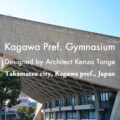
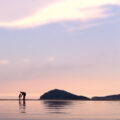
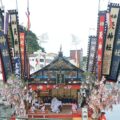
![【小豆島 7/8】虫送り、江戸時代から島に伝わる行事 - [Shodoshima island, 8 July] The torch procession at island](https://yousakana.jp/wp-content/uploads/wordpress-popular-posts/11719-featured-120x120.jpeg)
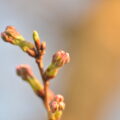
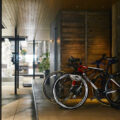
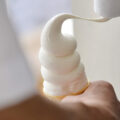
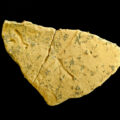
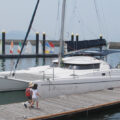
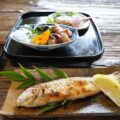
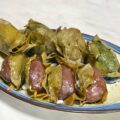
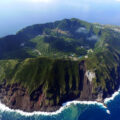
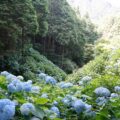
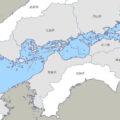
![【香川】春日川の川市 – [Kagawa] River market of Kasuga river](https://yousakana.jp/wp-content/uploads/wordpress-popular-posts/49605-featured-120x120.jpeg)
![【高知】魚を守る道、アイスハーバー型らせん魚道 – [Kochi] Ice Harbor type spiral fishway](https://yousakana.jp/wp-content/uploads/wordpress-popular-posts/50244-featured-120x120.jpeg)

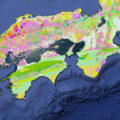
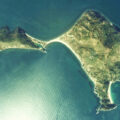
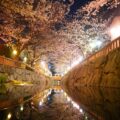
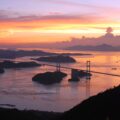
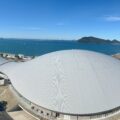
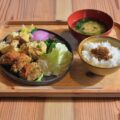
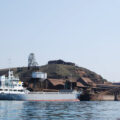
![【直島】泊まれる美術館、ベネッセハウス – [Naoshima island] Stay in the Art Museum “Benesse House”](https://yousakana.jp/wp-content/uploads/2020/12/Benesse-Art-Site-Naoshima-1-150x150.jpg)
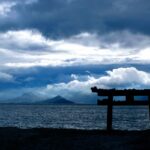
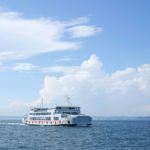
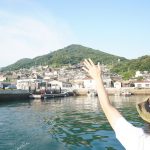
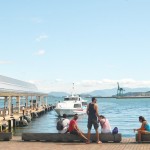
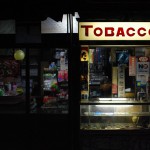
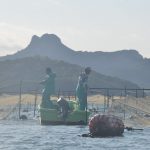
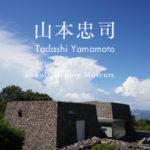
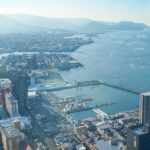
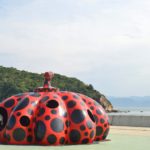
![【高知】浜田の『泊り屋(とまりや)』 – [Kochi] Wooden huts “Hamada no Tomariya”](https://yousakana.jp/wp-content/uploads/2021/11/Wooden-huts_Hamada-no-Tomariya-800x533.jpeg)
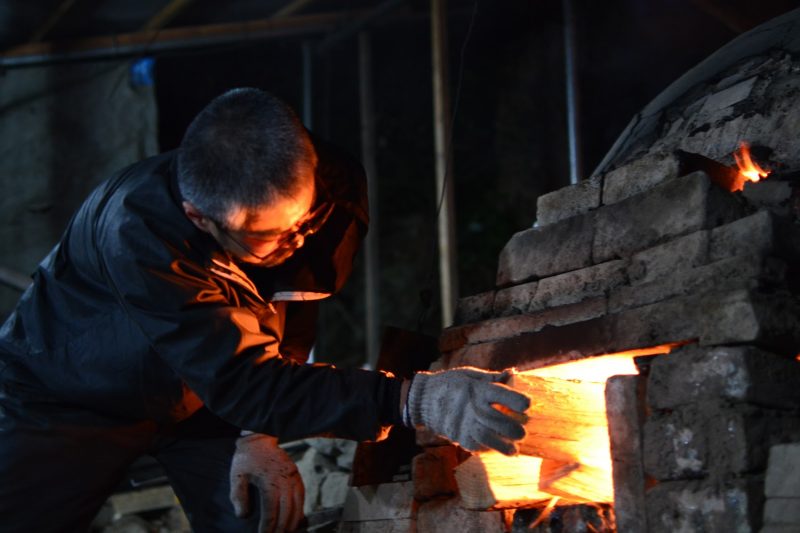
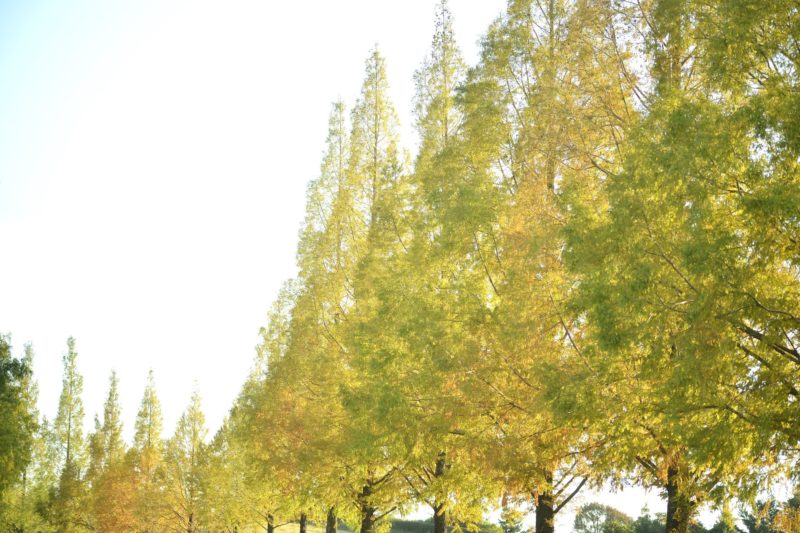
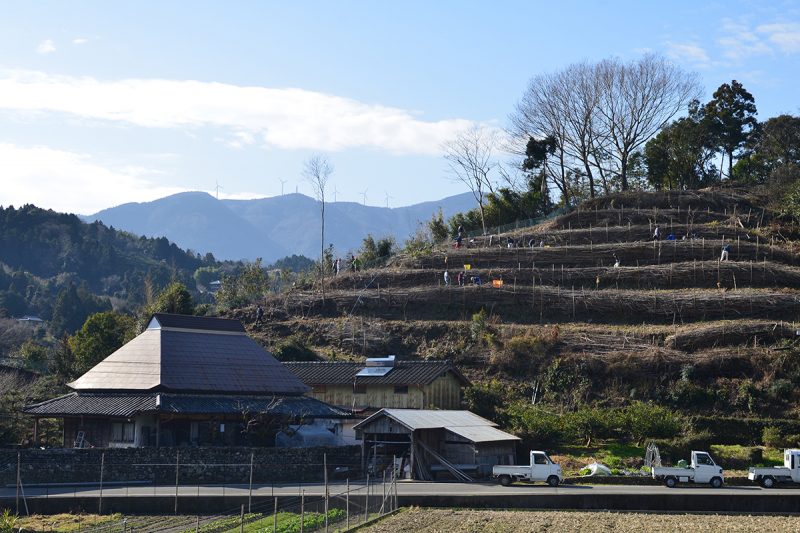
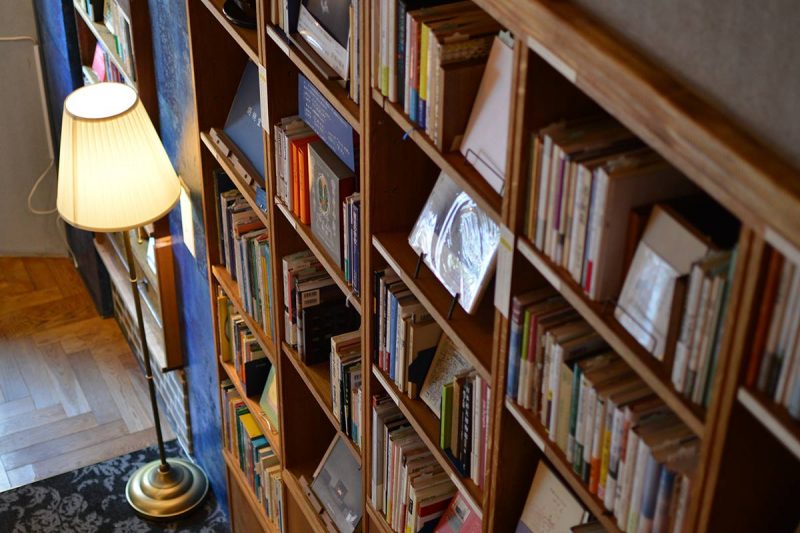
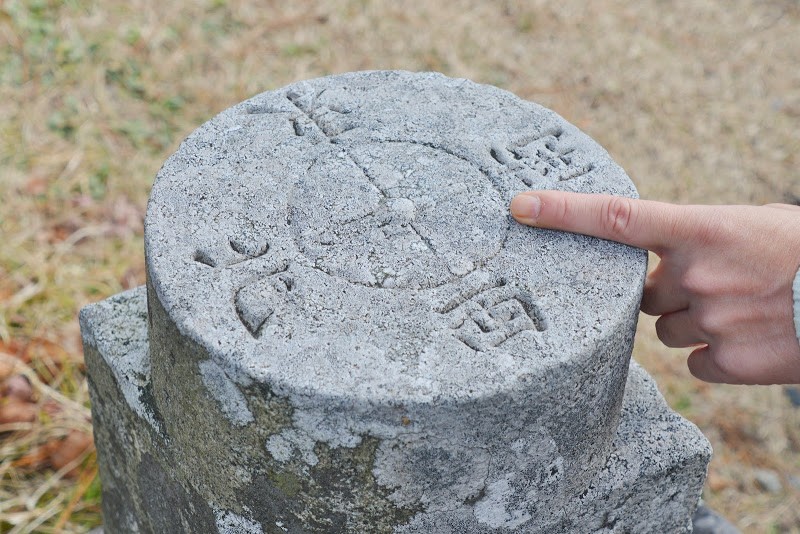
![【香川】セトウチ海街ステイ『サニーデイ ホステル』 – [Kagawa] SUNNY DAY HOSTEL](https://yousakana.jp/wp-content/uploads/2017/09/DSC_0693_a-800x533.jpg)
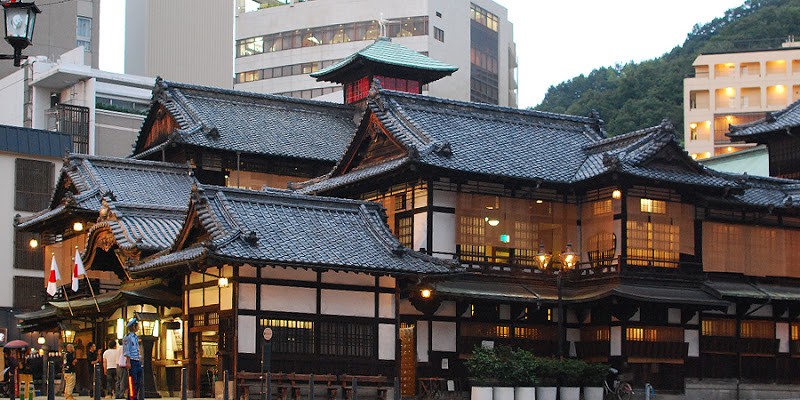
![【島根】出雲神話の舞台『稲佐の浜』 – [Shimane] Inasa Beach, the setting of the Izumo myth](https://yousakana.jp/wp-content/uploads/2025/07/inasa-beach_shimane_izumo-1-800x534.jpg)
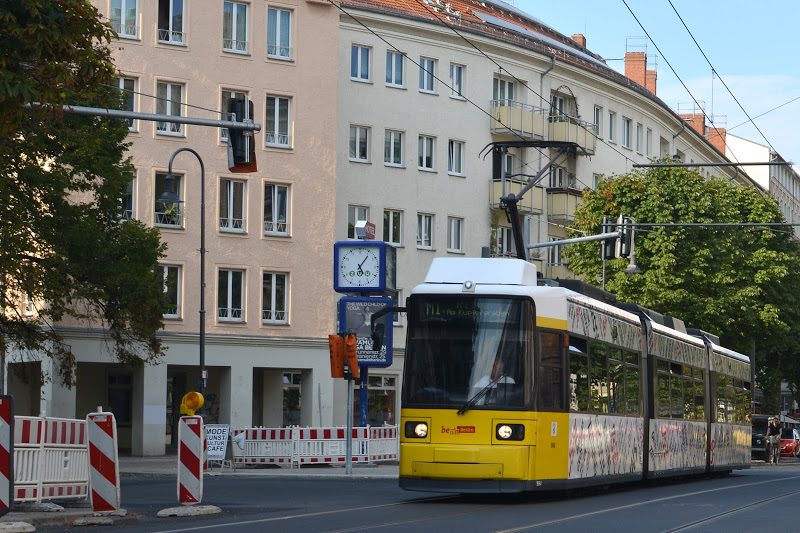
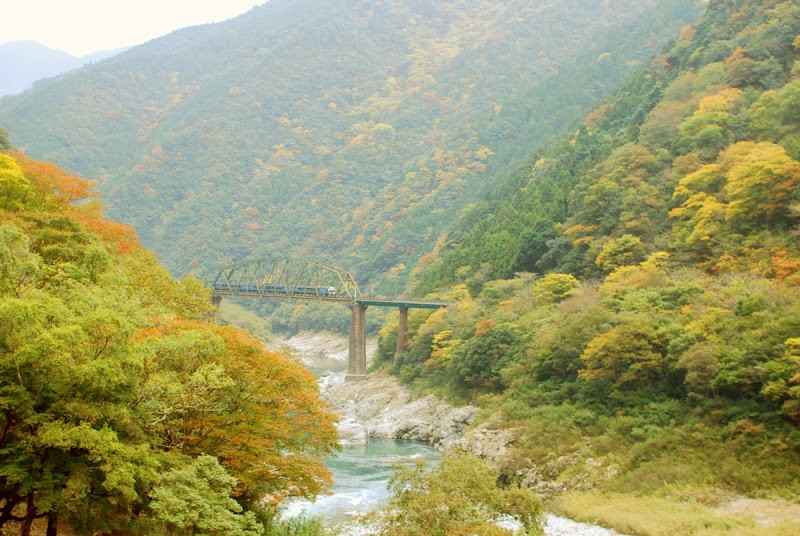
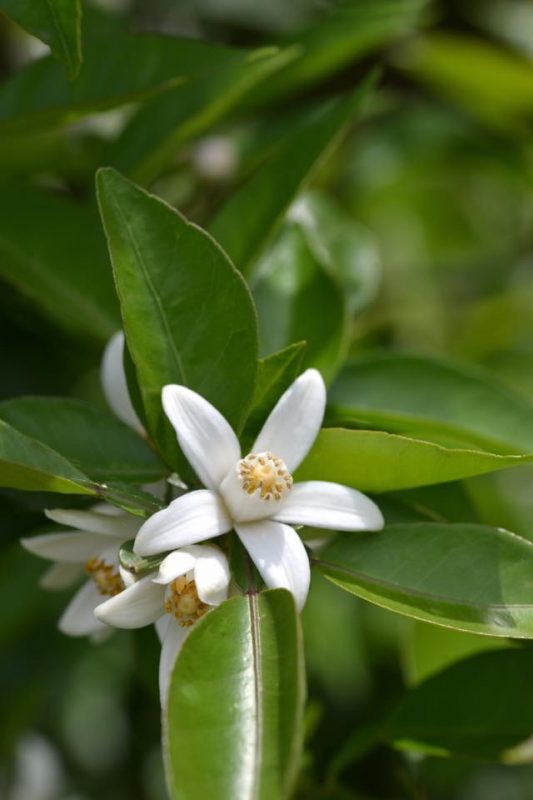
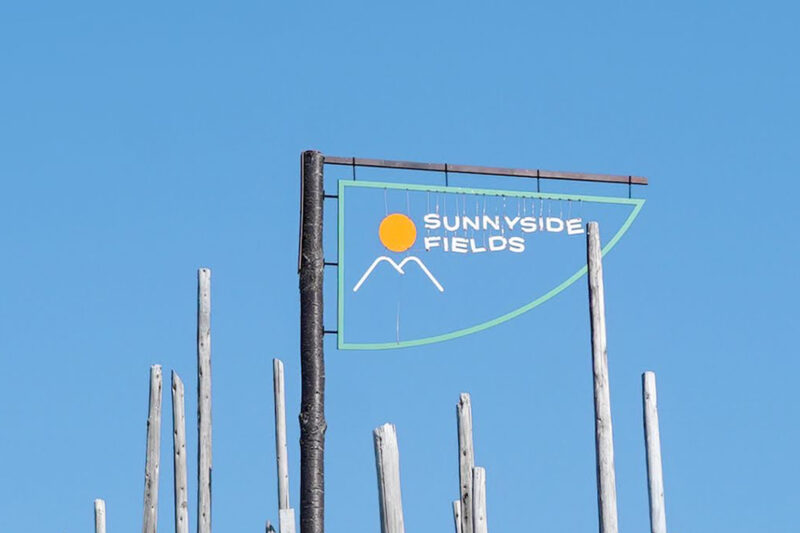
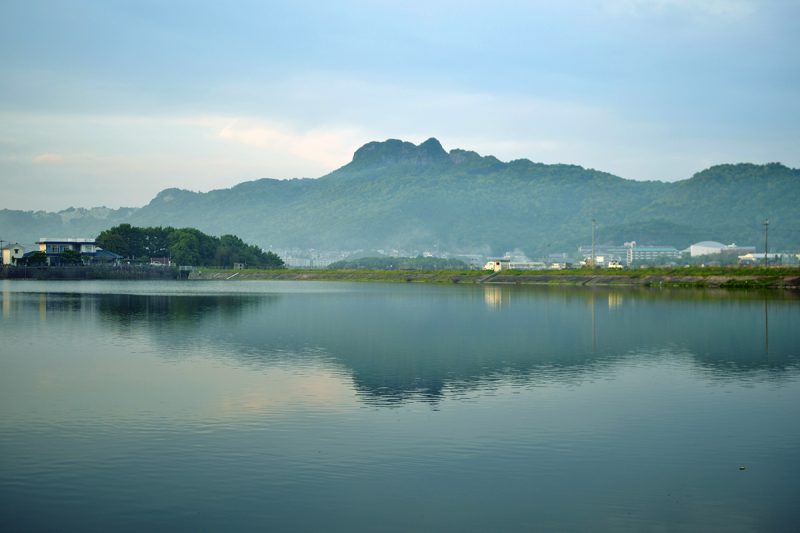
![【愛媛】宇和島の牛鬼。秋祭り – [Ehime] Autumn festival at Uwajima city, Ehime pref.](https://yousakana.jp/wp-content/uploads/2019/10/Ushioni_Uwajima.jpg)
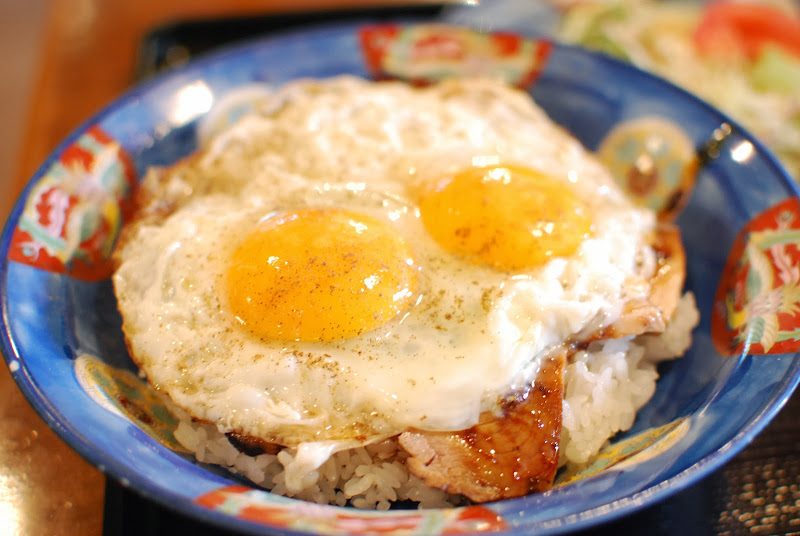
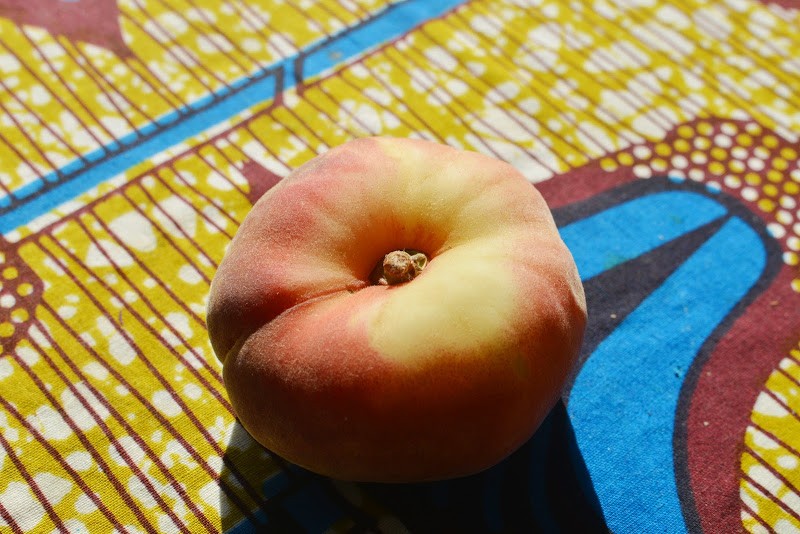
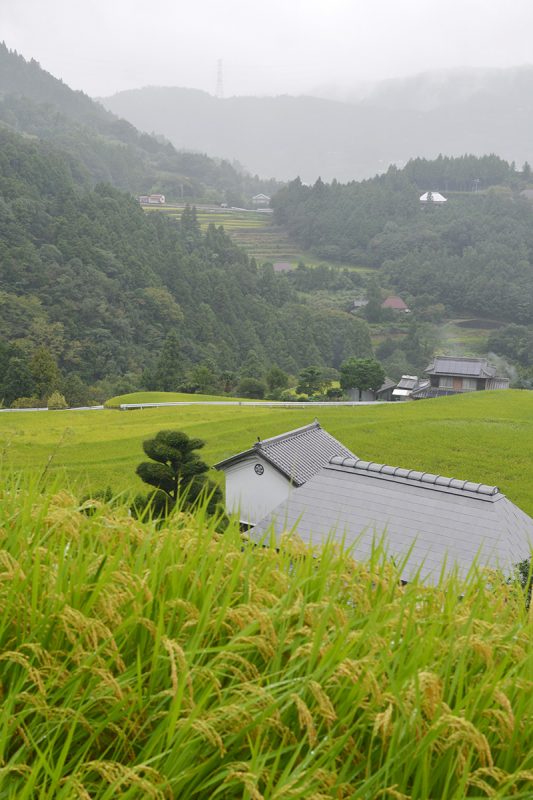

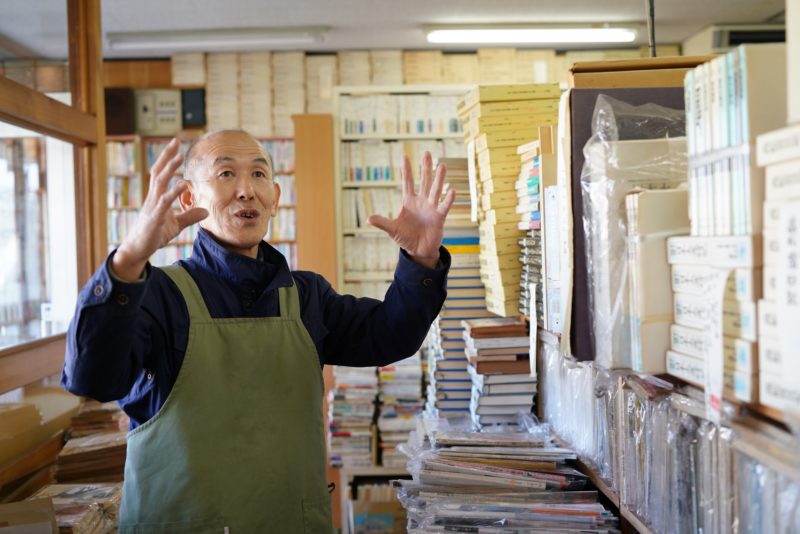
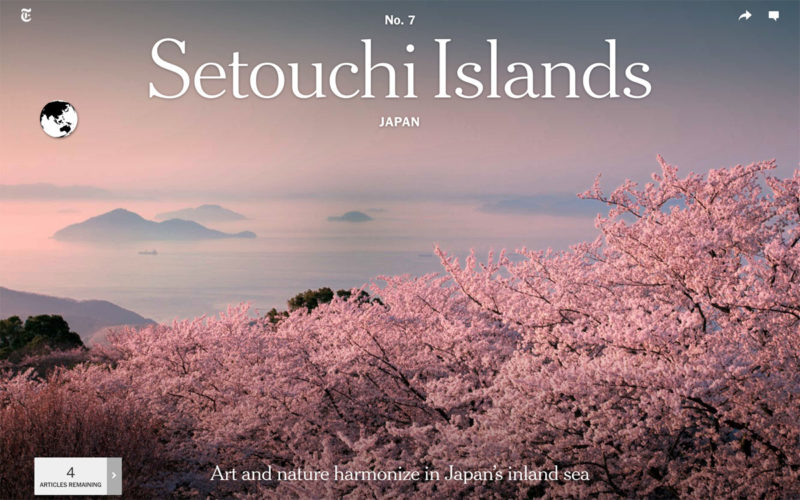
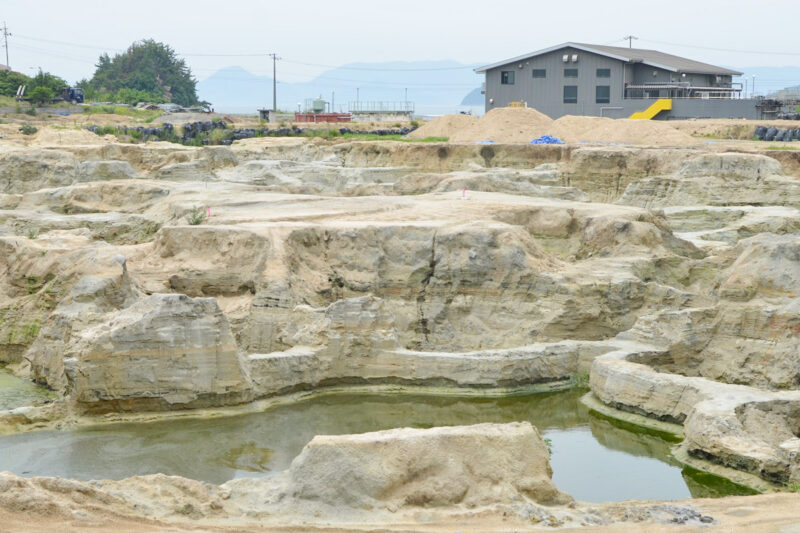
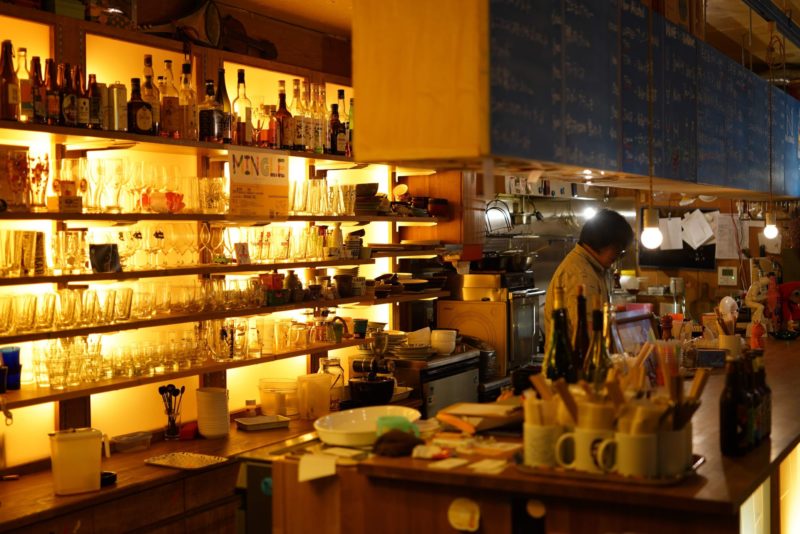

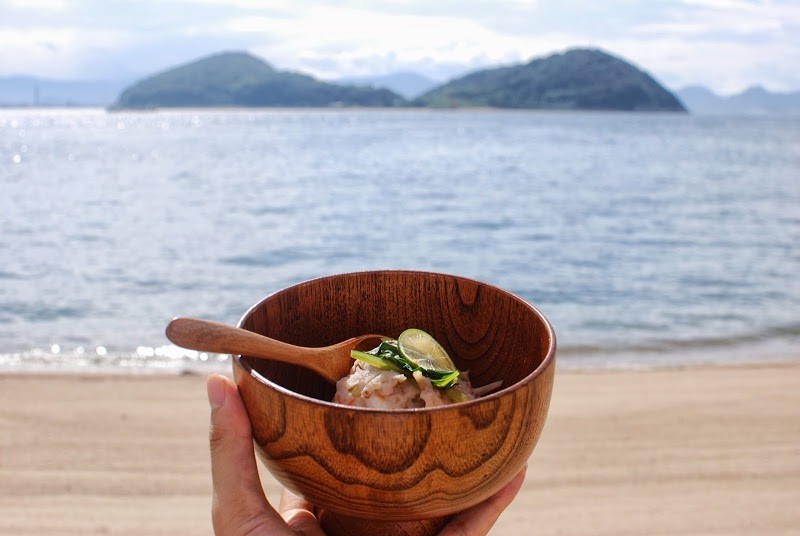
![【香川】豊浜ちょうさ祭り – [Kagawa] Toyohama Chousa Festival](https://yousakana.jp/wp-content/uploads/2014/10/toyohama-chousa_festival.jpeg)
![【香川】高松・中央卸売市場特別開放 – [kagawa] The Takamatsu City Central Wholesale Market](https://yousakana.jp/wp-content/uploads/2015/02/takamatsu-market-800x533.jpg)
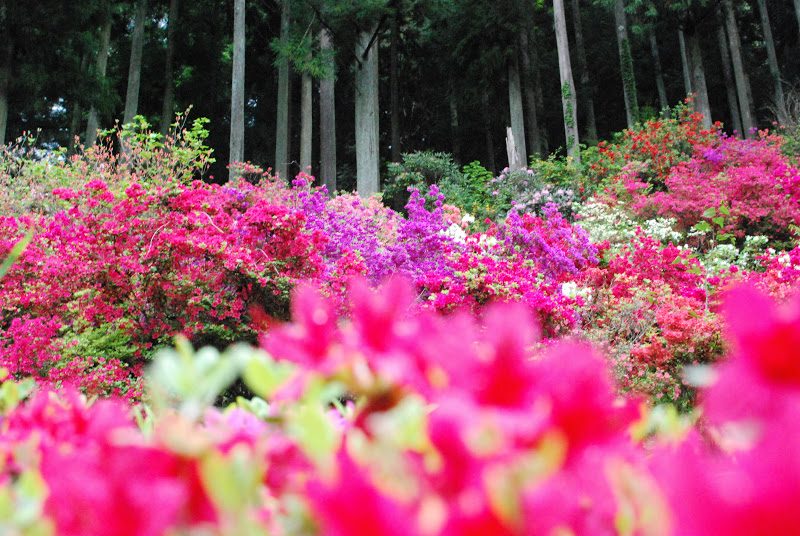
![【佐柳島】海を眺める木造校舎『ネコノシマホステル』 – [Sanagijima island] Neconoshima hostel & cafe in sanagijima island](https://yousakana.jp/wp-content/uploads/2018/07/naconoshima-800x533.jpg)
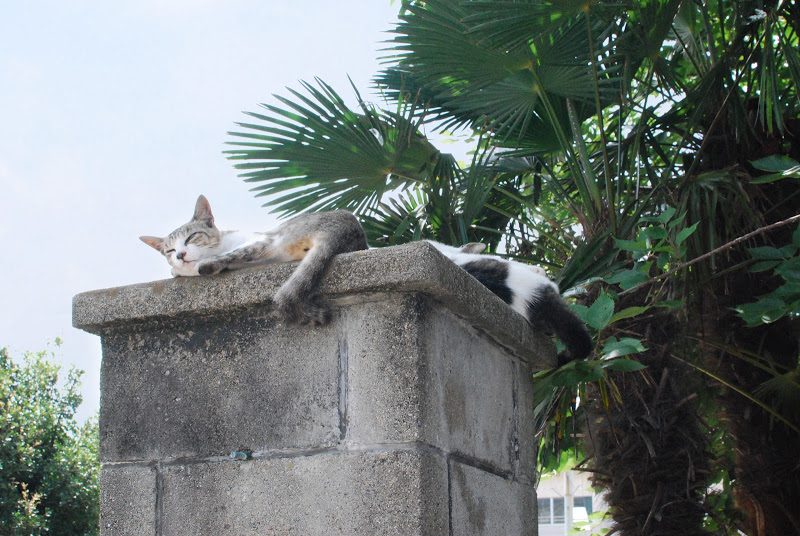
![【愛媛】約2万株のあじさい!四国の山里 「あじさいの里」 – [Ehime] The Hydrangea Village at Shikoku](https://yousakana.jp/wp-content/uploads/2018/06/shingu-ajisai-800x536.jpg)
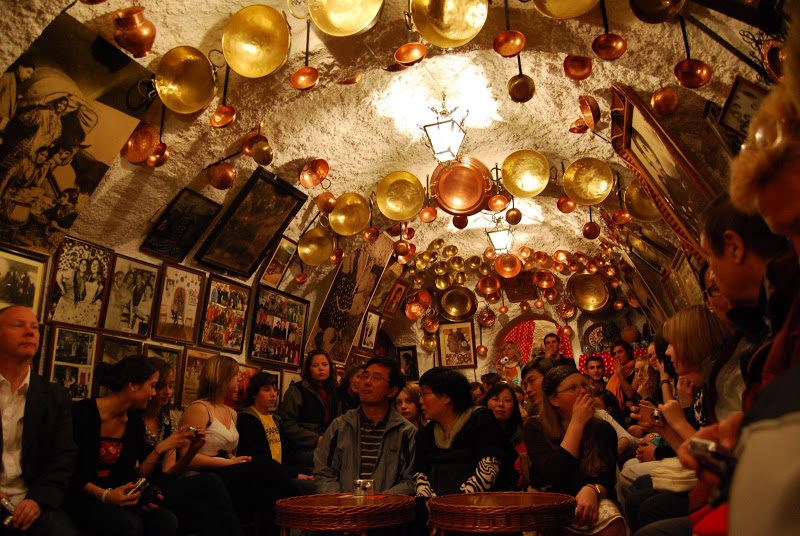
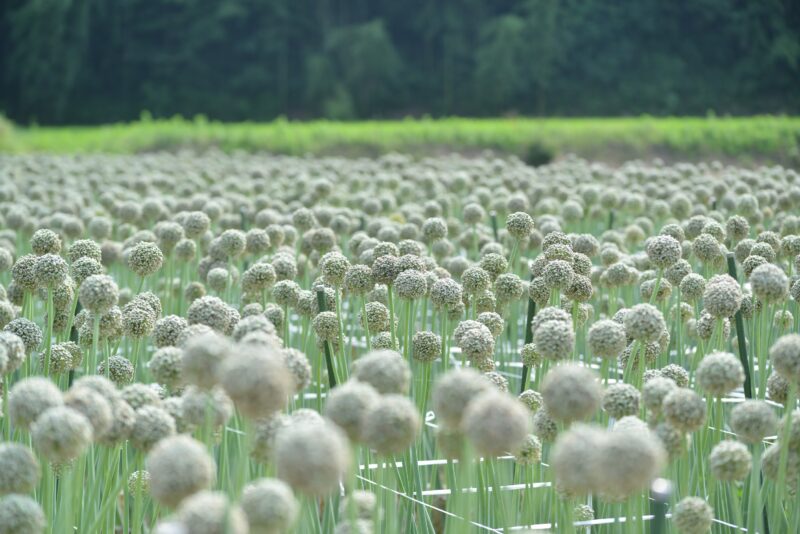
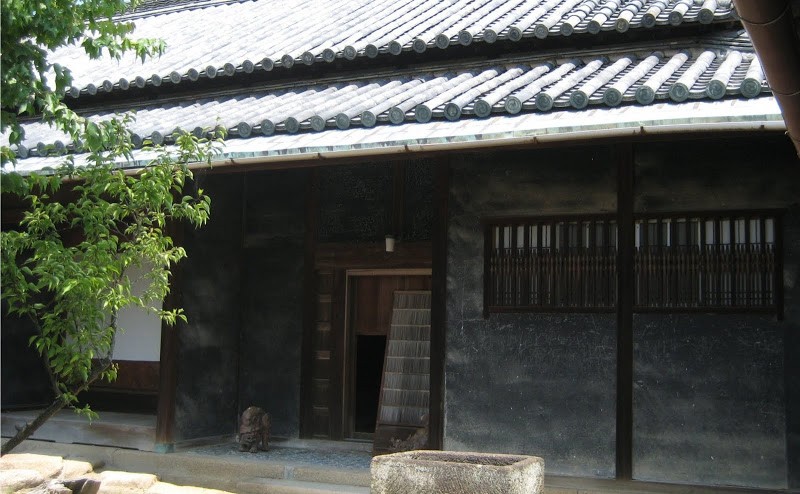
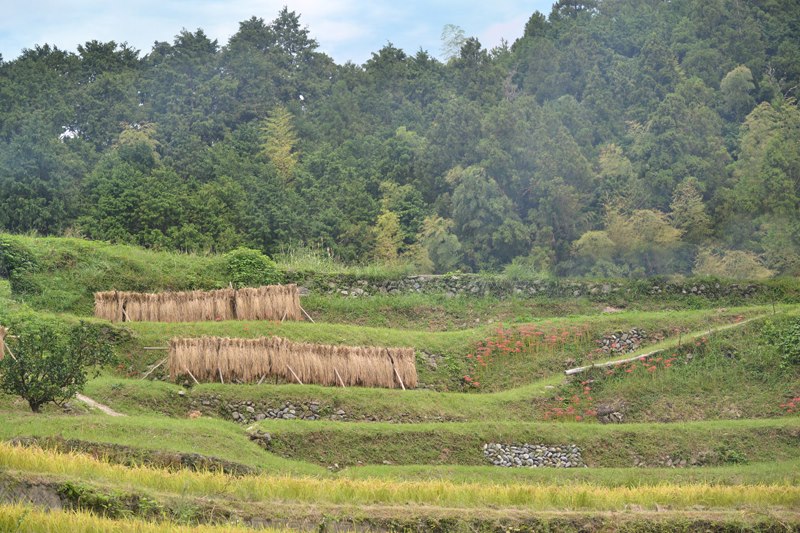
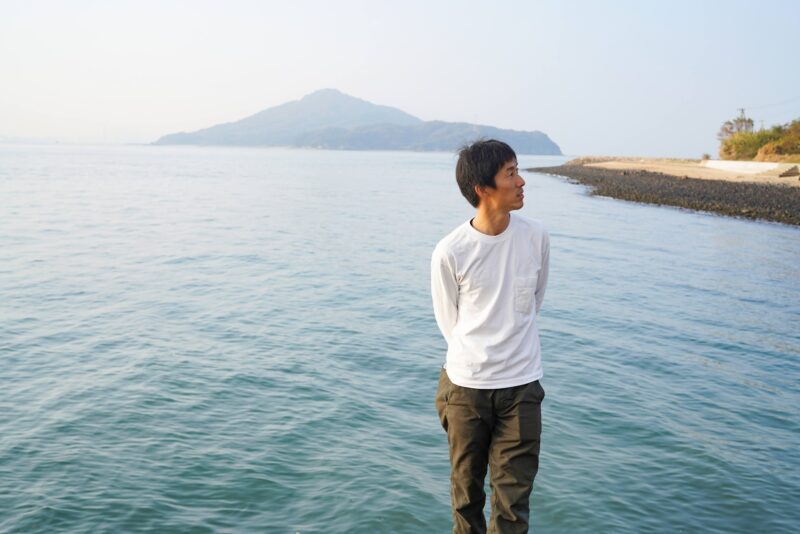
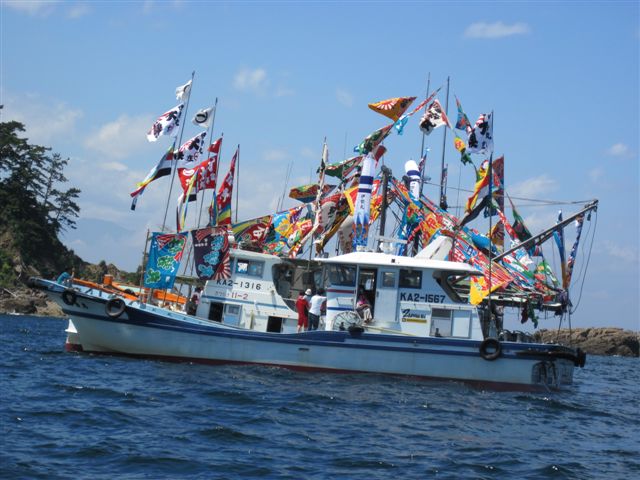
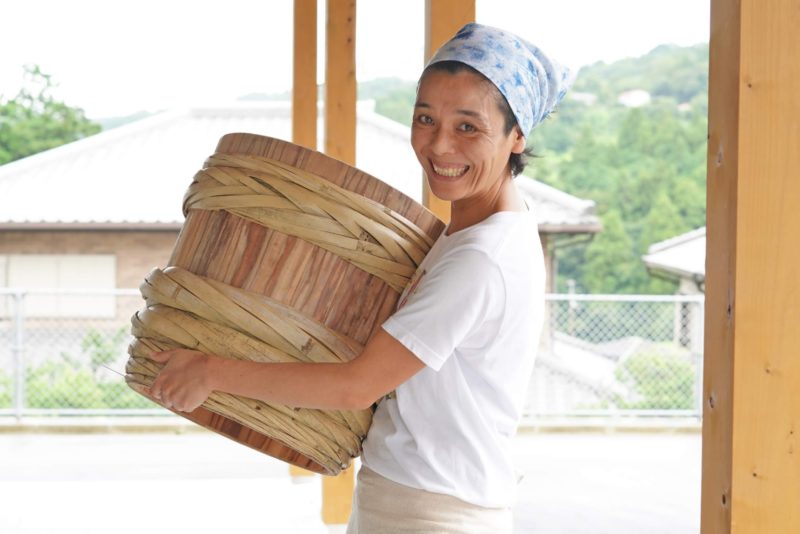
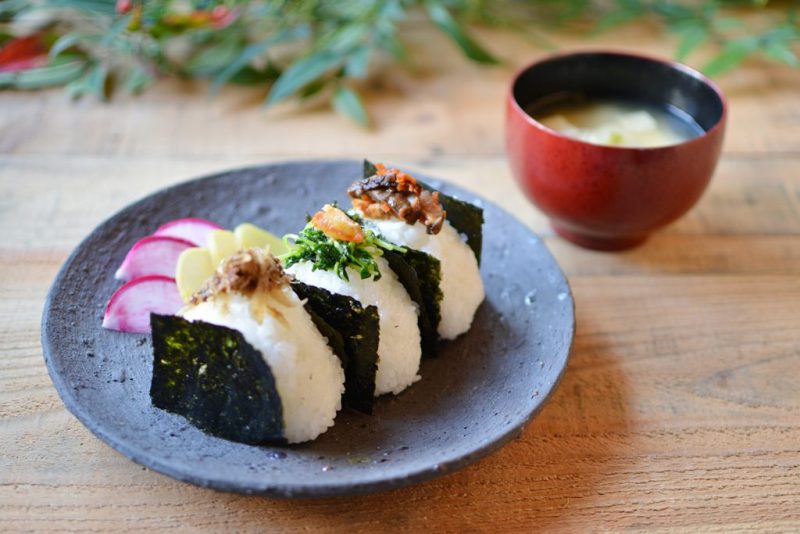
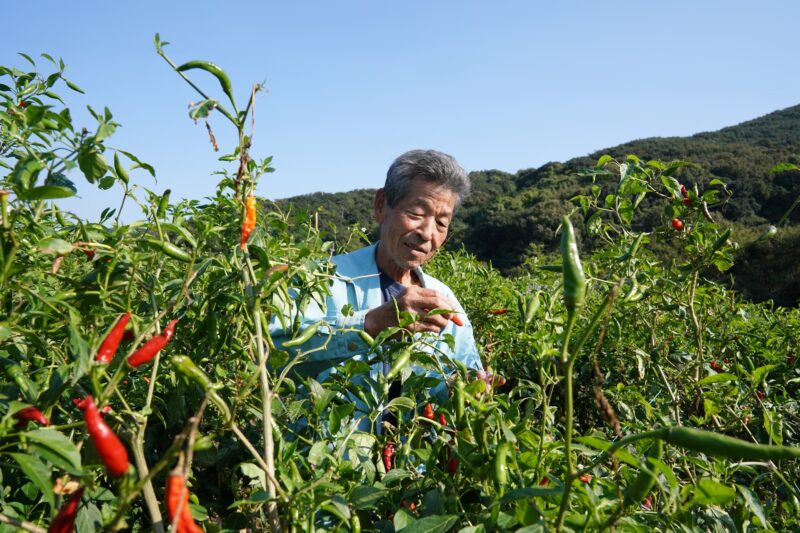
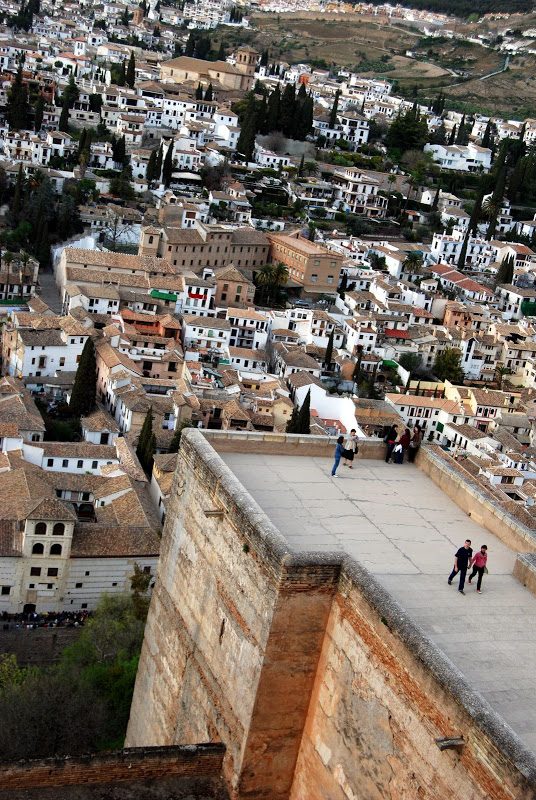
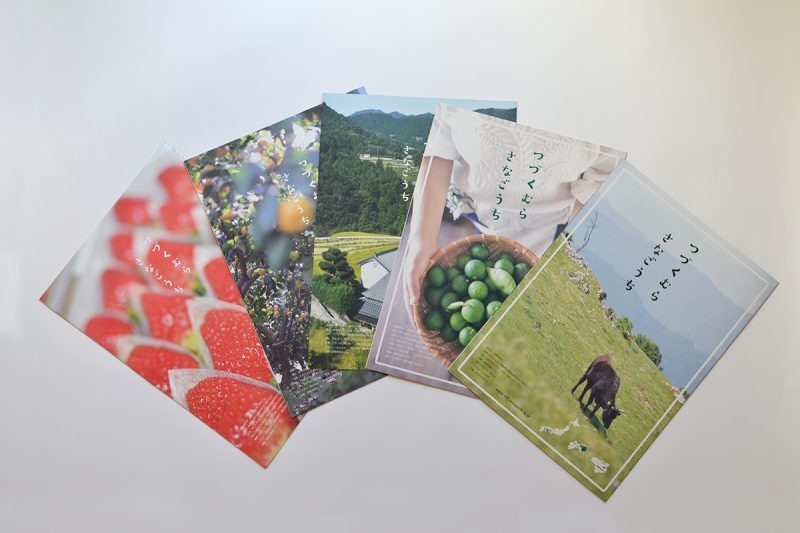
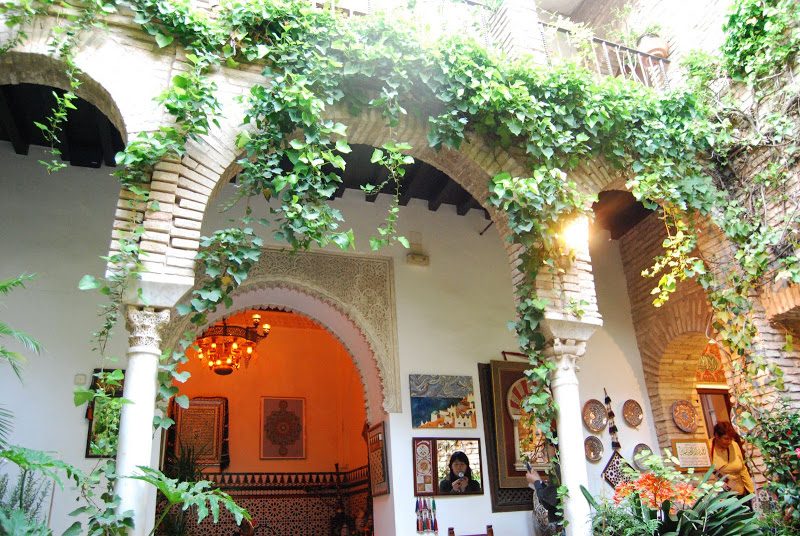
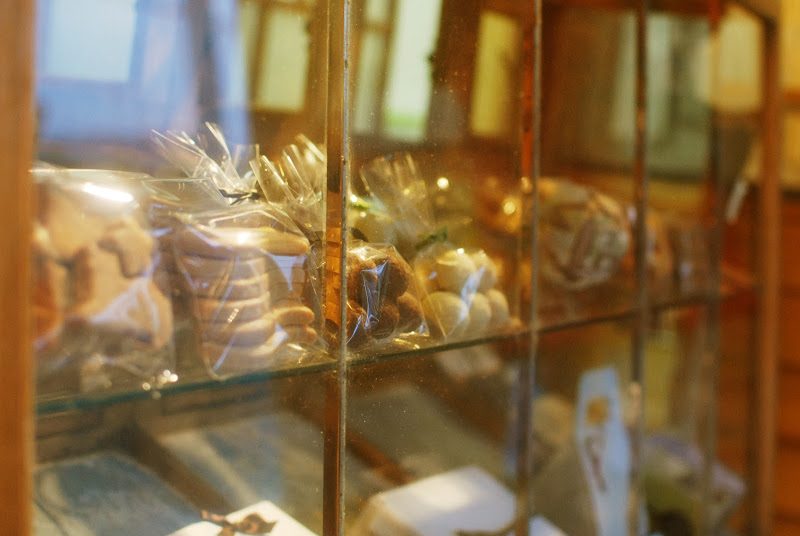
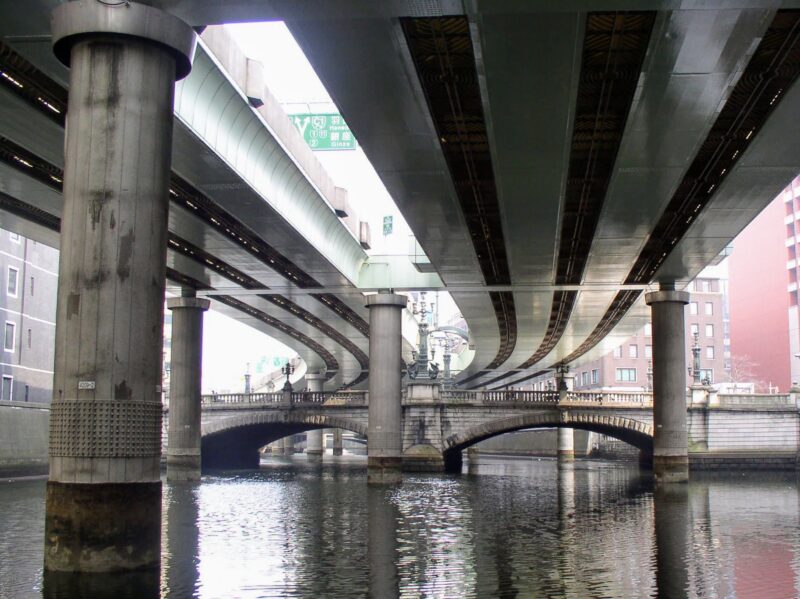
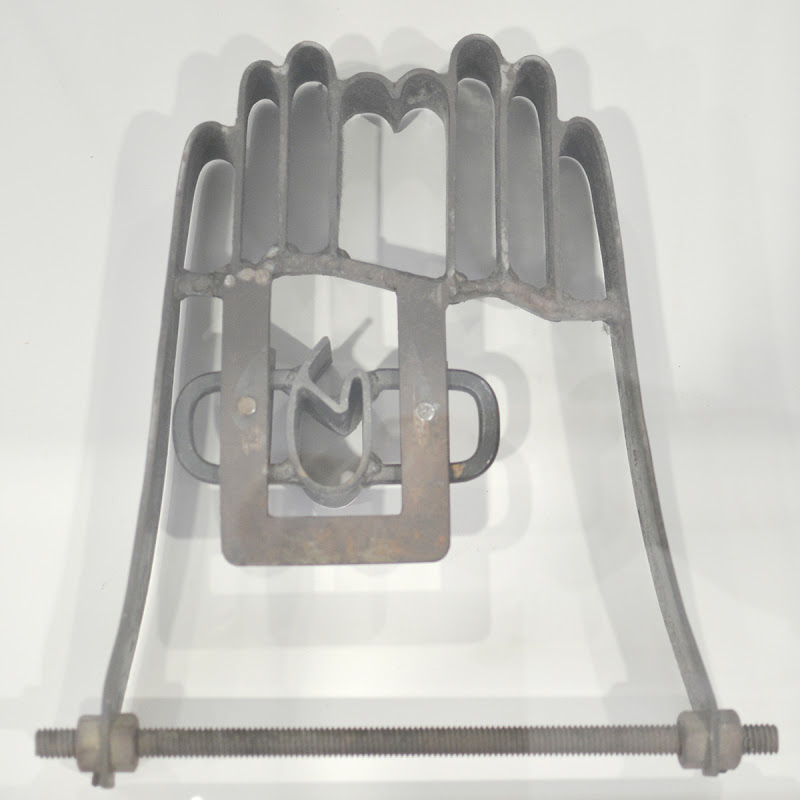
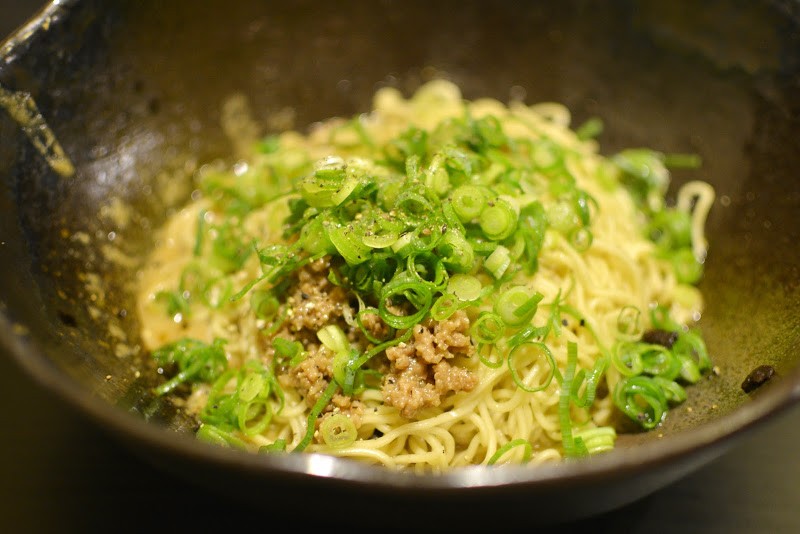
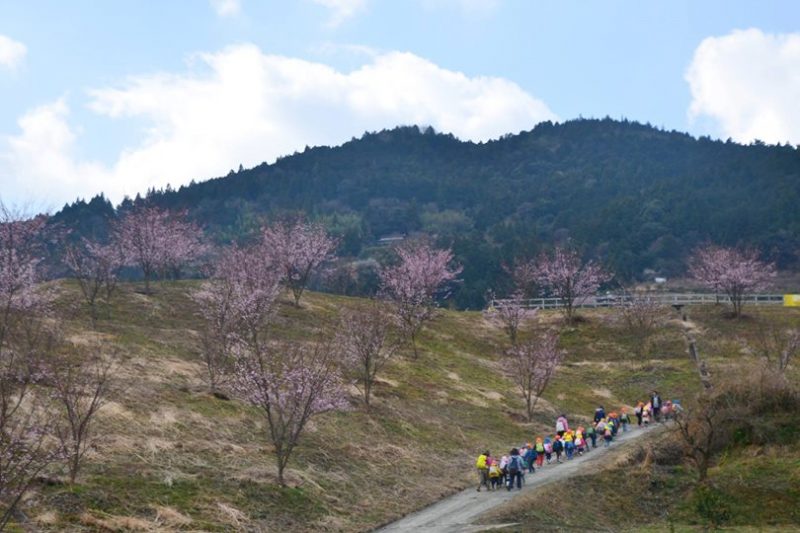
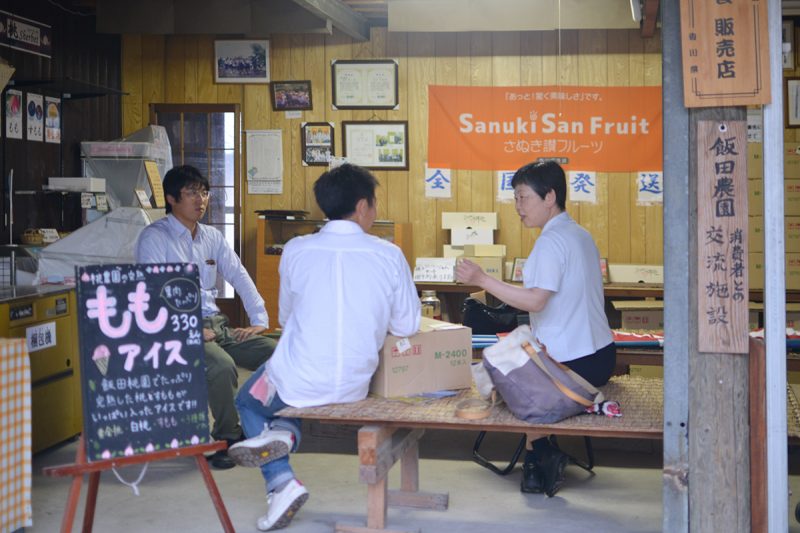
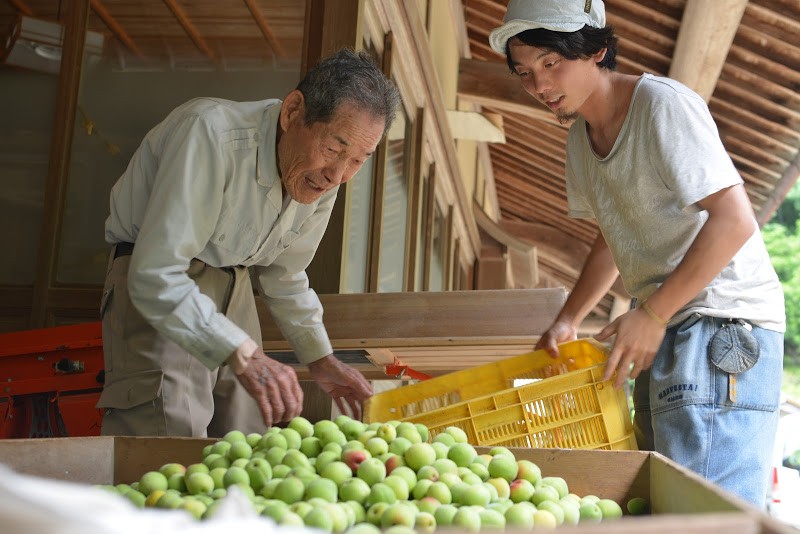
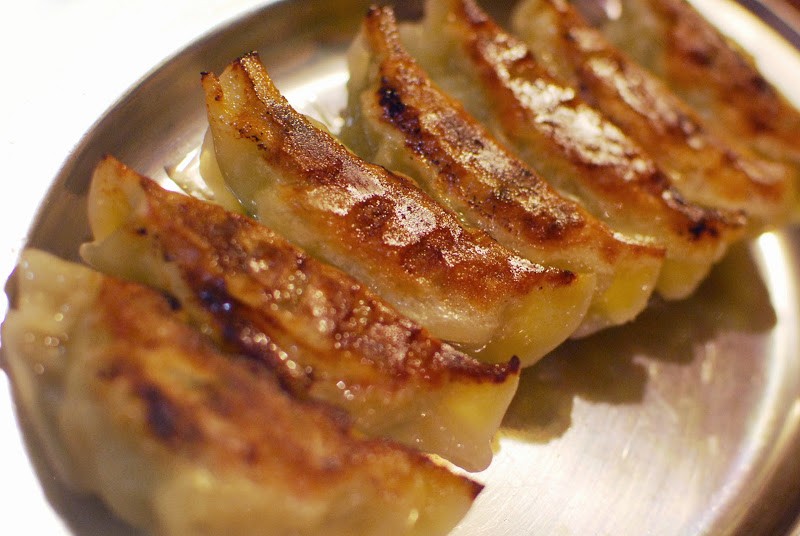
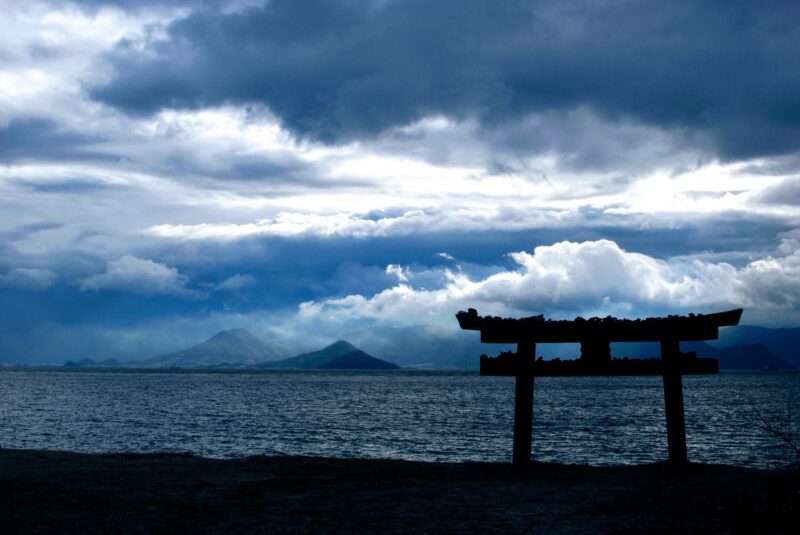
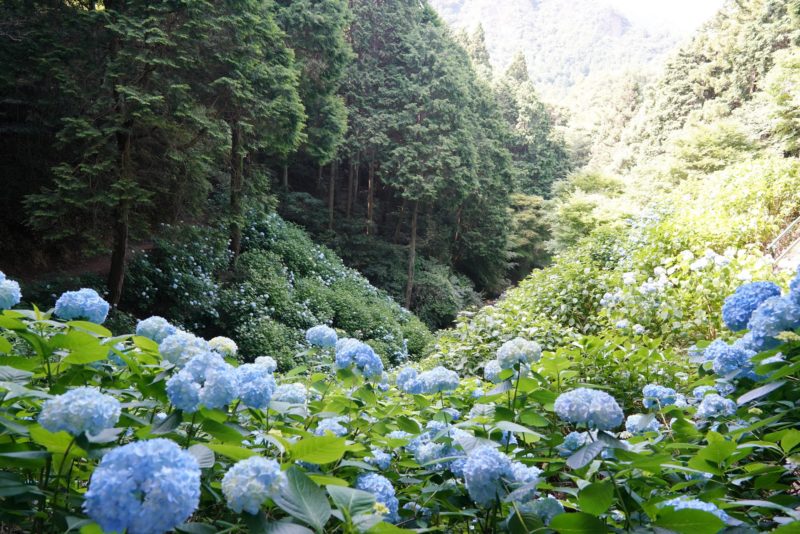
![【豊島】豊島に残る豊かな食卓 『豊島農民福音学校』- [Teshima island] The evangelistic school for farmers at Teshima island](https://yousakana.jp/wp-content/uploads/2018/04/teshima-nomin-fukuin-school-800x536.jpg)
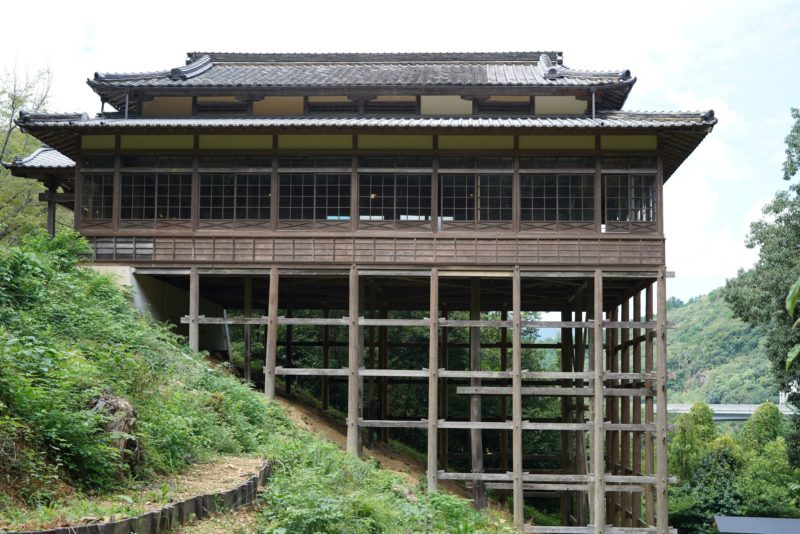
![【全国初 泊まれる城】大洲城 – [Ehime] You can stay Ozu Castle](https://yousakana.jp/wp-content/uploads/2020/07/Ozu-Castle-800x533.jpg)
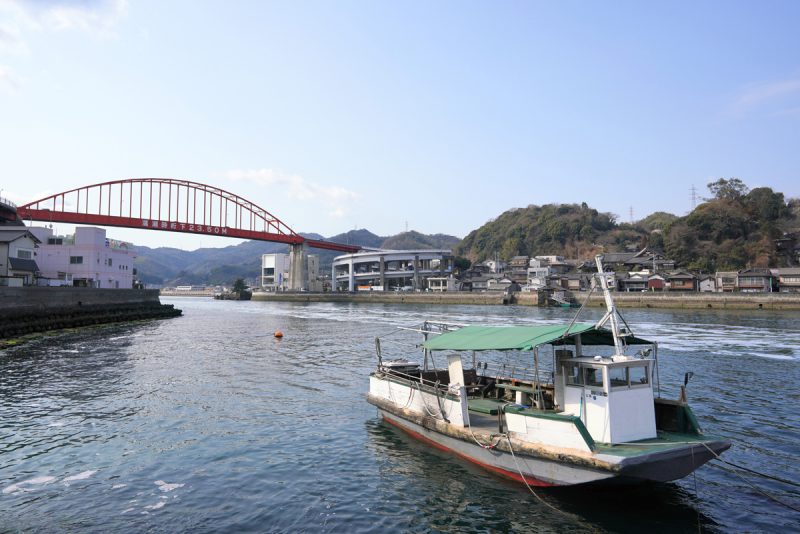
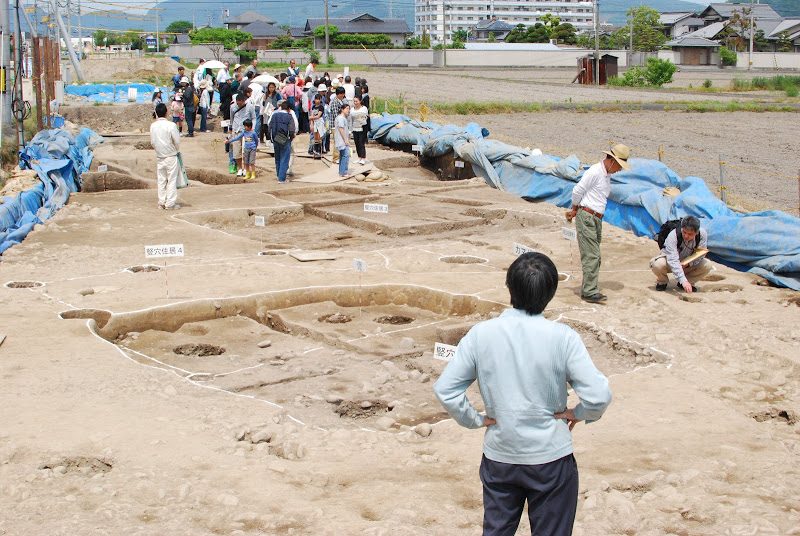
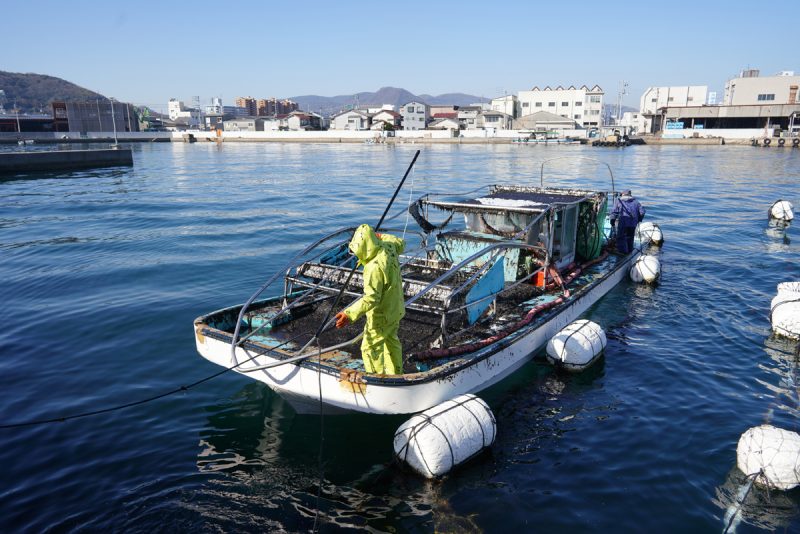
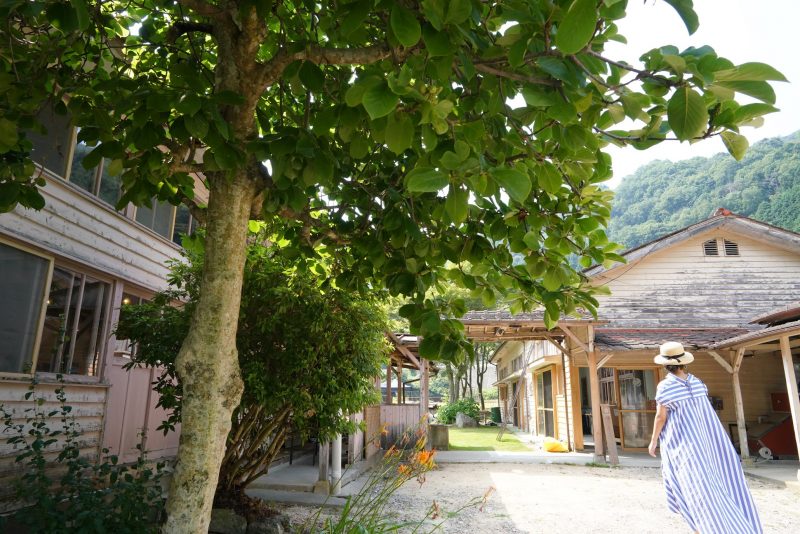
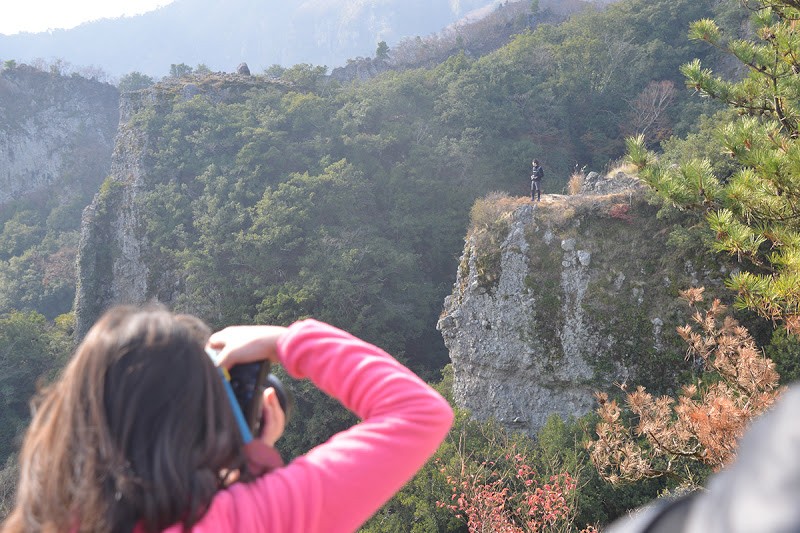
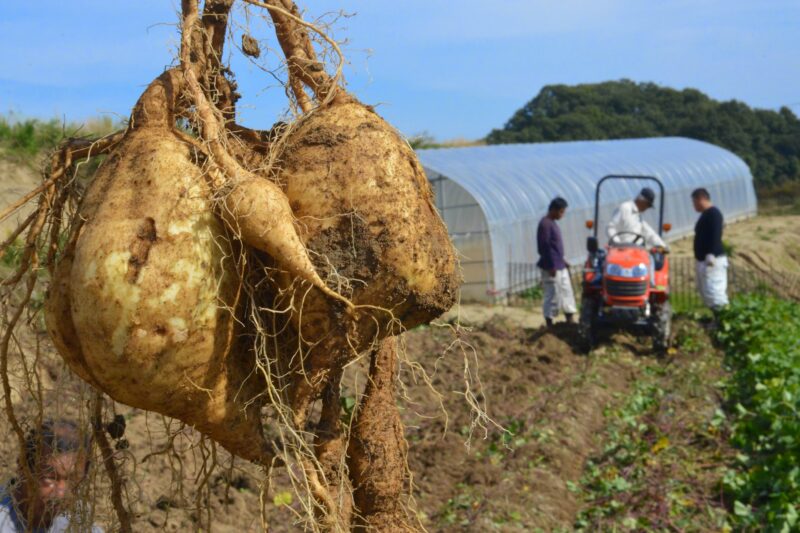
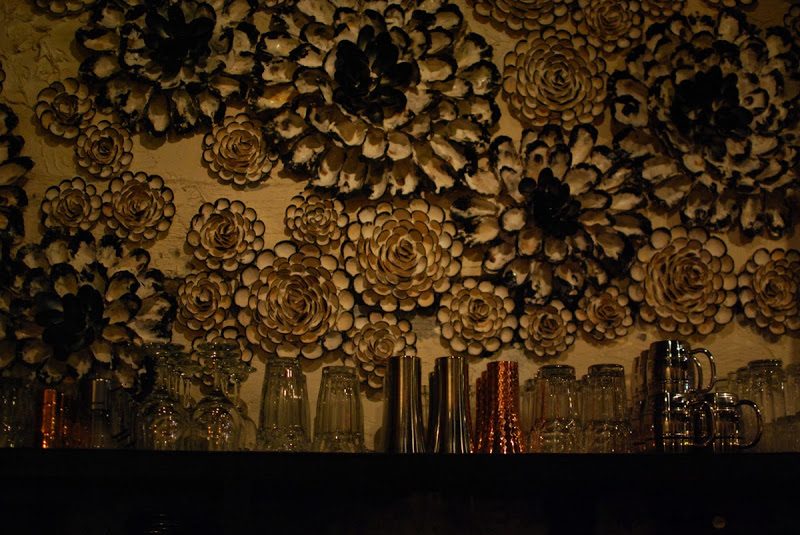
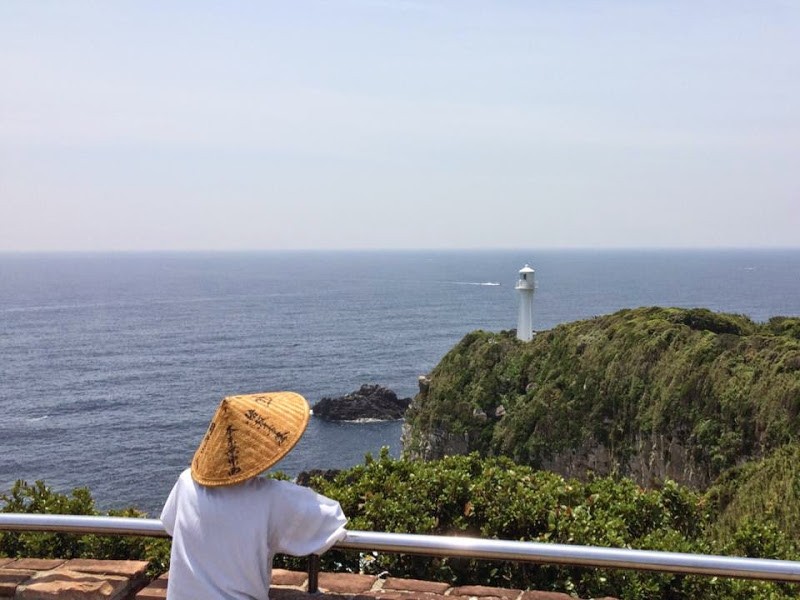
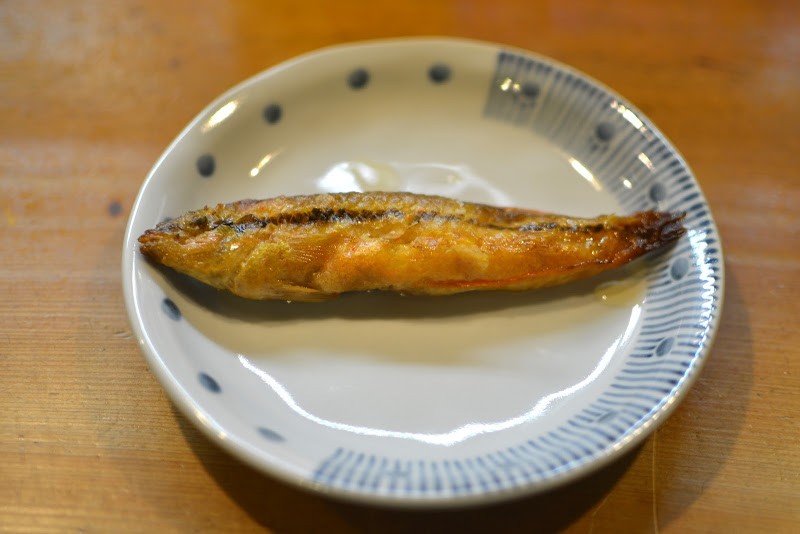
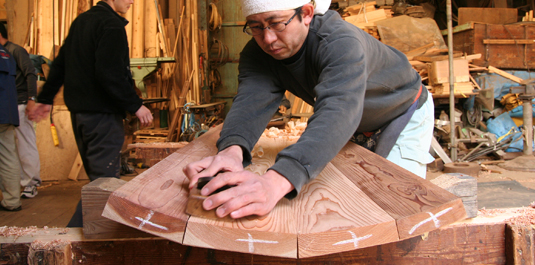
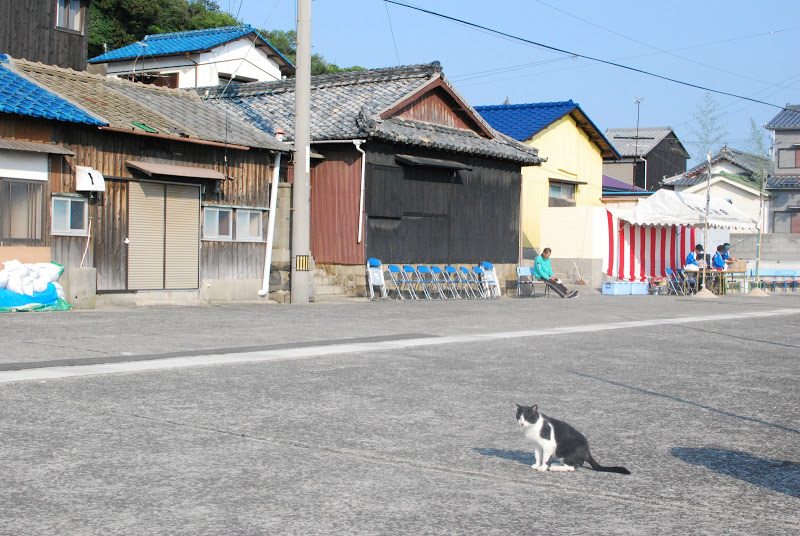
![【香川】仏生山 来迎院 法然寺(ほうねんじ) – [Kagawa] Houenji Temple, Raigoin, Busshozan](https://yousakana.jp/wp-content/uploads/2024/06/panorama_honenji-temple_busshozan-03-800x533.jpg)
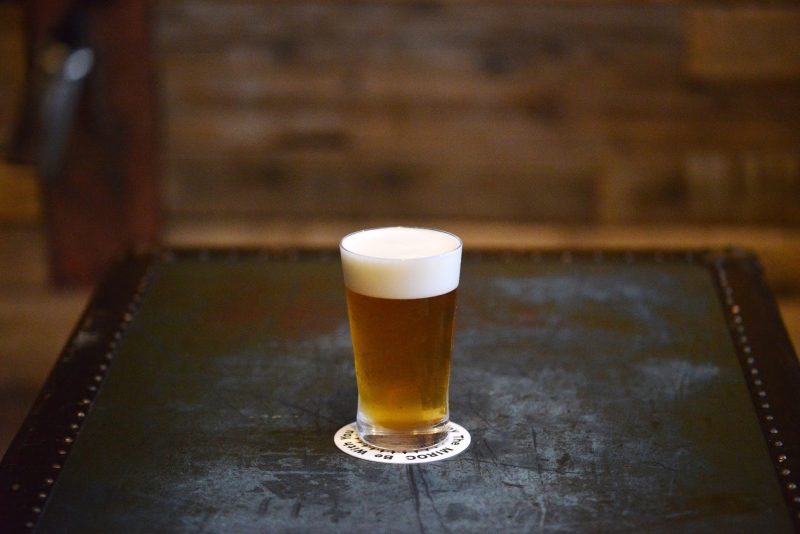
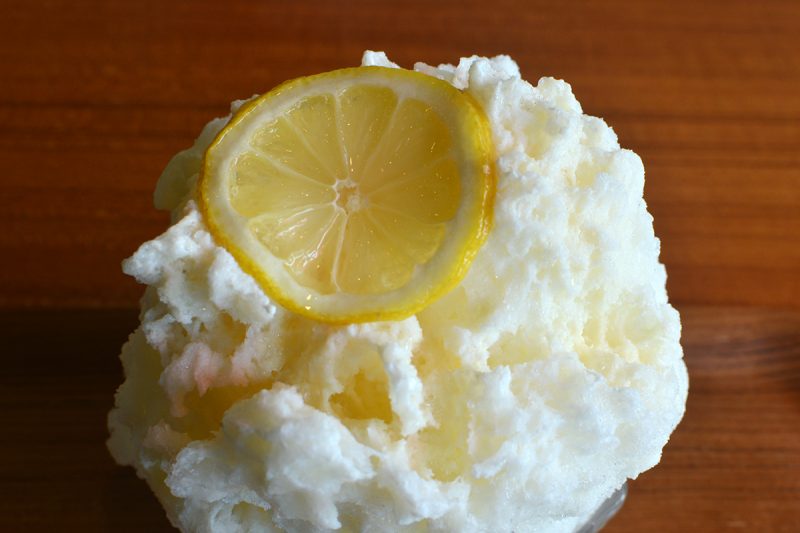
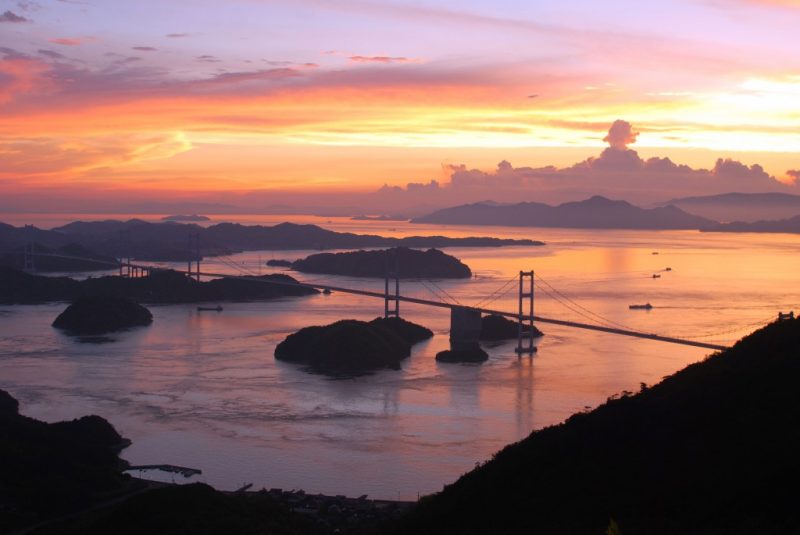
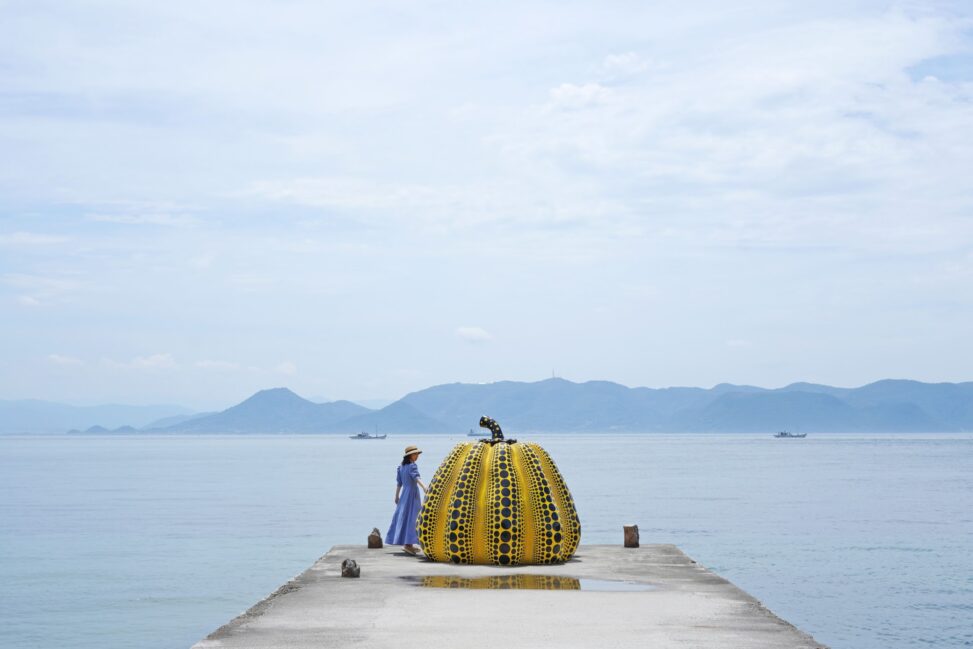
コメントを残す